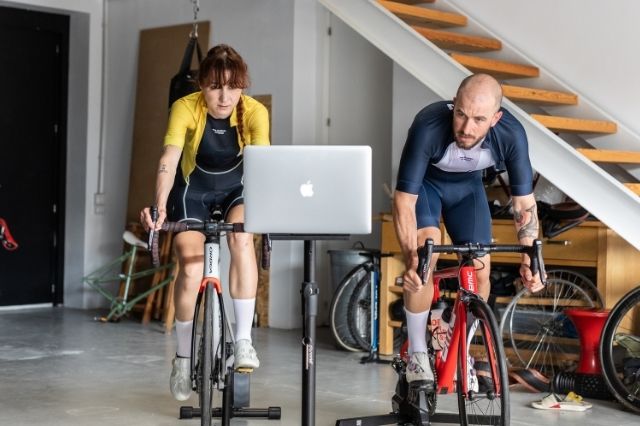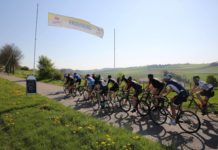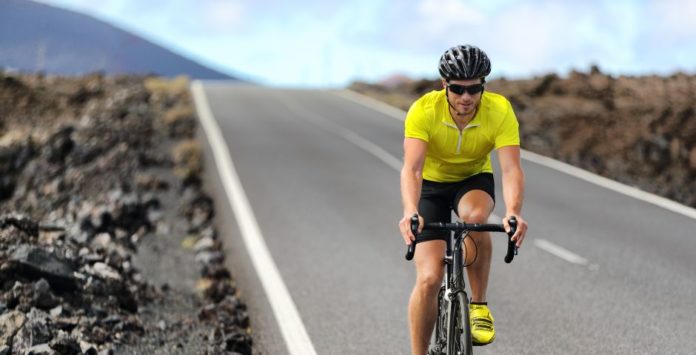In the world of cycling, every detail counts. Professional and amateur cyclists alike are constantly looking for ways to improve their performance and gain the extra watts that make the difference in a high-level event.
From clothing choice to body shaving to other techniques to reduce air resistance, there are multiple strategies that can help optimise performance. In this article, we will explore how these factors influence performance and how they can be harnessed to improve performance on two wheels.
Aerodynamics must be our ally
Aerodynamics is one of the most critical aspects of cycling, especially when it comes to long distance or time trial racing. Air resistance is the biggest obstacle a cyclist faces after 15 km/h. At higher speeds, air resistance increases and exposes the cyclist to the elements. At higher speeds, drag increases exponentially, which means that any reduction in drag translates into a plus in performance.
Optimising body position and equipment serves to minimise this drag. This is where choice of clothing and body shaving play a crucial role. By reducing the contact surface and friction with the air, cyclists find those valuable watts that allow them to pedal faster and with less effort.
Any tricks to reduce resistance? Wear light clothing
Clothing choice has a surprising impact on cycling performance. Lightweight, close-fitting clothing specifically designed to reduce air resistance can be a significant advantage. Modern cycling clothing uses technical fabrics that cling to the body like a second skin, minimising wrinkles and creases that can create turbulence.
In addition, these materials are often breathable, helping to maintain an optimal body temperature during physical exertion, which is ideal for this summer season. This not only improves rider comfort, but also contributes to better performance by preventing hot flushes and heat stroke.
Advances in fabric technology have enabled the creation of cycling apparel that offers aerodynamic benefits without compromising comfort. Materials such as polyester, lycra and elastane are common in cycling apparel because of their elasticity and ability to reduce air resistance.
Some manufacturers have also incorporated special coatings that repel water and improve the garment’s ability to cut through air. In addition, laser cutting technology makes it possible to create flat seams that not only improve aerodynamics but also reduce the risk of skin irritation.
Another important innovation is the use of specific fabric patterns on different parts of the body. For example, some jerseys use a rougher fabric on the back and a smoother fabric on the front to optimise airflow around the rider.
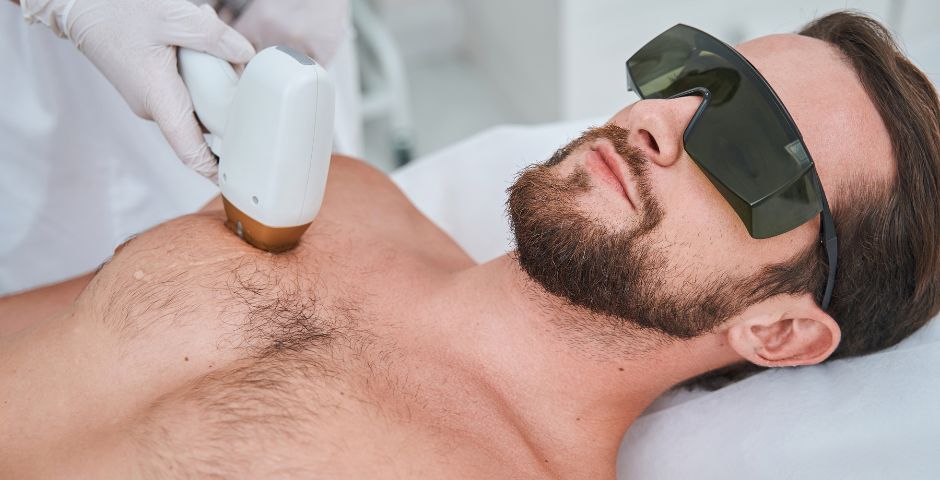
Waxing, another way of gaining watts
Body hair removal is a common practice among professional cyclists and increasingly popular among amateurs. The main reason is the aerodynamic improvement offered by smooth skin compared to hairy skin. Studies have shown that hair removal reduces air resistance and therefore improves cycling performance.
In addition to the aerodynamic benefits, epilation has other advantages. For example, it makes it easier to apply and remove bandages in the event of a fall, improves hygiene by reducing the build-up of sweat and dirt, and can even aid muscle recovery by facilitating sports massages.
How to wax?
There are several methods of hair removal, each with its own advantages and disadvantages. Shaving is the most common and accessible method, although it requires frequent maintenance. Waxing offers longer-lasting results but can be painful and expensive if done in a professional salon.
Laser hair removal is another popular option, especially for those seeking a more permanent solution. Although it is more expensive and requires several sessions, it can be a long-term investment for dedicated cyclists. Each method has a different impact on the skin and recovery time, so it is important to choose the one that best suits each cyclist’s needs and budget.
Other ways to reduce air resistance
In addition to light clothing and shaving, there are other strategies that cyclists employ to reduce air resistance and gain watts. Position on the bike is crucial; an aerodynamic posture, although sometimes uncomfortable, is a plus in terms of aerodynamics. The use of aerodynamic bikes and components, such as high profile wheels and specific helmets, also contributes to better performance.
Attention to detail in equipment, such as ensuring that cables are well integrated into the frame and that water bottles are placed in aerodynamic holders, makes a difference. In addition, specific training to improve posture and technique can help riders maintain an efficient position for longer.
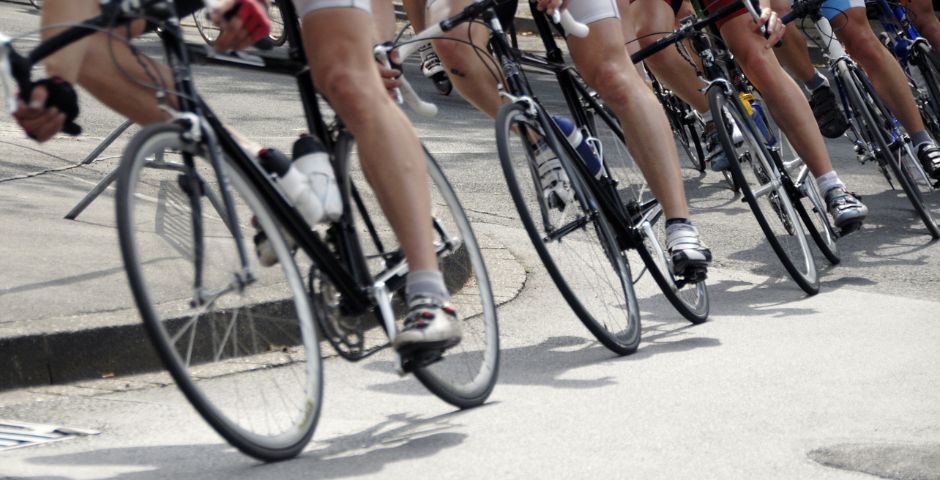
Compara estrategias
It is useful to compare the different strategies to understand which offers the greatest benefits in terms of wattage gain. Aerodynamic clothing and waxing can offer comparable improvements in terms of air resistance reduction. However, the combination of multiple strategies is where cyclists can see the greatest benefits.
Optimising cycling performance requires a combination of strategies that address both aerodynamics and rider comfort. Lightweight, close-fitting clothing, waxing and other techniques to reduce air resistance serve to deliver significant improvements in speed and efficiency.
By understanding and applying these principles, cyclists can gain valuable watts that will enable them to improve their performance and achieve their cycling goals. Technological innovations and ongoing research in the field will continue to offer new opportunities to optimise every aspect of cycling performance. One way to test strategies is to put them to the test on cycling simulators such as BKOOL.
BKOOL is the most comprehensive cycling simulator on the market – try it FREE for 30 days!


